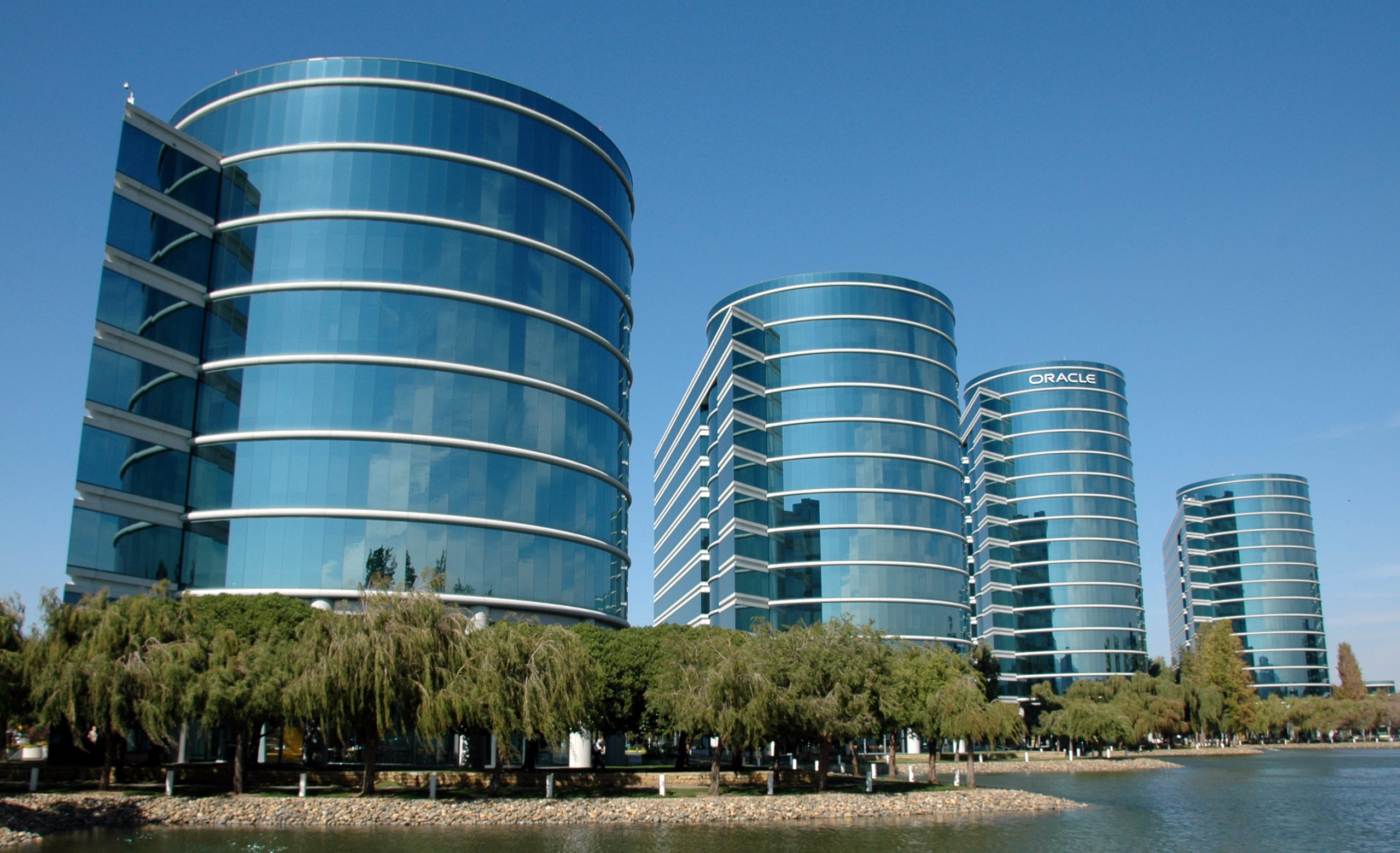In an extraordinary achievement, 17-year-old Cesare Mencarini has successfully built a small nuclear fusion reactor as part of his A-Levels. Interestingengineering reports that this groundbreaking project, which generated neutrons and achieved plasma, makes Mencarini one of the youngest individuals to reach such a milestone.
The significance of achieving plasma in a nuclear fusion reactor lies in its ability to sustain a high-energy state, necessary for fusion reactions to occur. This marks a crucial step towards harnessing the energy potential of nuclear fusion, which could provide a nearly limitless source of clean energy.
As reported by Wonderfulengineering, Mencarini’s reactor is the only one ever built in a school environment. The project took 18 months to complete and faced initial skepticism from faculty at Cardiff Sixth Form College. However, after rigorous risk assessments, the college staff supported Mencarini in pursuing his innovative idea.
To overcome technical challenges, Mencarini utilized high voltage to heat the atoms to the necessary temperatures for fusion. Although the reactor could not match the Sun’s gravitational pressure, the high voltage replicated the immense pressures found within the Sun.
The real-world applications of Mencarini’s nuclear fusion reactor are significant, with the potential to revolutionize the way we generate power. His achievement is part of a broader landscape of global nuclear fusion research and development.
Dr. Julian Davies, principal of Cardiff Sixth Form College, praised Mencarini’s dedication and vision, stating, “Cesare’s project is a testament to his passion for science and his unwavering commitment to pushing the boundaries of what is possible.”
Mencarini expressed his excitement about achieving plasma in a LinkedIn post, saying, “This is a dream come true for me. I hope my work inspires other young scientists to pursue their passions and make a difference in the world.”
Looking to the future, Mencarini aims to work at the University of Bristol’s Interface and Analysis Centre before pursuing a degree. His work has the potential to impact the future energy industry as ongoing global efforts in nuclear fusion research and development continue to make strides toward a cleaner, more sustainable future.
Image credit: Wikimedia




























